A Craft Born of Frugality—Quilting and Patchwork
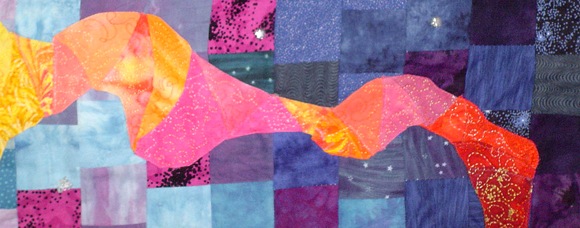
The Start Of Quilting
Quilting was carried to Europe in the Middle Ages by the Crusaders, who returned with quilting from the Middle East with padded linings for their armor—sandwiches of two layers of fabric with thick filling between, all stitched together.
During the l4th century Europe’s climate grew markedly colder, and quilting was seized upon as a way of adding warmth to clothing and bedding. Fabrics were generally of one color, although the stitching was often very elaborate; the oldest known bed quilt, made in Sicily around 1400AD, depicts the Tristan legend in brown and white thread on natural linen.
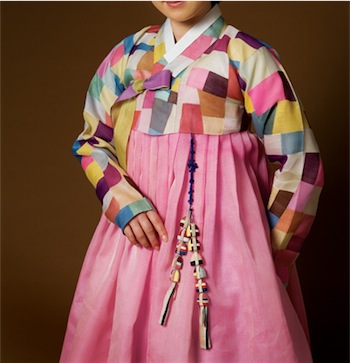
In the 15th century fabric cutouts were introduced as a substitute for more expensive embroidery on clothing and household furnishings; thus was born appliqué and patchwork. In the l8th century ladies at the court of Maria Theresa of Austria appliqued a satin quilt for Marie Antoinette’s wedding. In France applique quilts reached a high state of refinement, and American quiltmakers paid tribute to their Revolutionary War allies by imitating elaborate French designs.
Quilting and Patchwork In America
Peculiarly American was the development of patchwork. During both the Pioneering era and the Great Depression patchwork gained huge popularity. Pioneer women thriftily pieced together scraps from worn clothing to make quilt tops. The earliest were so-called crazy quilts, in which scraps of irregular sizes and shapes were sewn together to form large sheets. Later the pieces used became more regular, and the custom grew of working in lap-size blocks. Quilting bees became social occasions, as ladies gathered around the quilting frame to sew and gossip.
Contemporary quiltmakers still enjoy companionship, as they transform the old patterns or original designs into works of art fit to hang on museum walls.
Patchwork: a geometric art
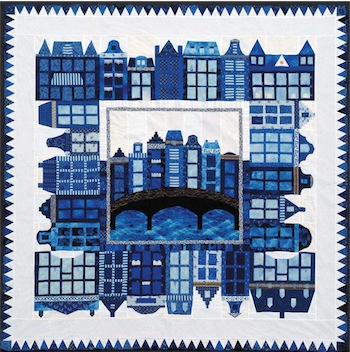
Patchwork blocks are composed of rectangles, squares, triangles, diamonds, hexagons, and arcs. These elements are arranged within a superimposed grid of squares—4, 9, 16, 25, or even 36 squares to a block. Patterns are identified by the number of squares per block, hence the designations 4-patchblock, 9-patch block, 16-patch block, and so on. In this context the numbers refer not to the block’s pieces but to the squares of the imaginary grid.
By analyzing patchwork patterns as shown on this page, you will be able to garner a wealth of ideas from old quilts in museums and books. With pencil, ruler, and graph paper you can then devise your own blocks.
In planning the dimensions of a patchwork block, take into consideration the number of squares per block in your design. A l2-inch square divides easily for a 4-, 9-, or l6- patchblock. But a pattern like Grandmother’s Choice, a 25-patch block, works better in a l0- or 15-inch square. A pattern with a 4-patch or a l6-patchblock works with a 14- or l6-inch square; a 9-patch block works better with a 12- or l5-inch square.
In designing patchwork consider color, depth of color, and what combinations will make certain elements stand out. A good rule of thumb is to use dark, medium, and light pieces in each block. You can arrange colors and shades to set up strong diagonals, verticals, or horizontals across the quilt’s surface. Varying the scale of prints adds interest to a quilt.
After you have a pleasing color scheme on tracing paper, make three more identical drafts. Tape all four together to make sure you like the effect. You may find that you want to shift colors and shades.
Finally, make templates for each shape; cut the pieces of fabric for one block, and stitch it together. This serves as a final test of the color combination and also as a check on the accuracy of the templates.
Analyzing a block.
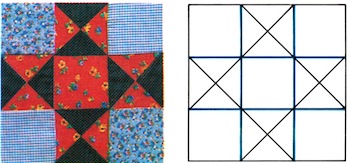
Variable Star is called a nine-patch block because its shapes are derived from a grid of nine equal squares. Each block has 21 pieces in two shapes: a triangle and a square. Four blocks together will reveal the dominant verticals and horizontals in this color scheme.
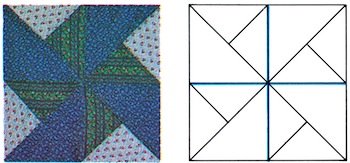
Windmill, a four-patch block, has large pieces that require a minimum of stitching.
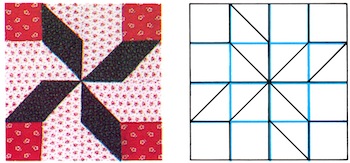
Clay’s Choice, a 16-patch block, this can be varied by making the rhomboids light.
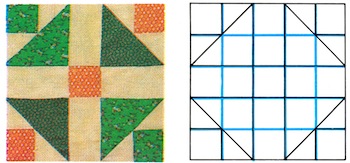
Grandmother’s Choice fits a grid og 25 squares the size of the center one.
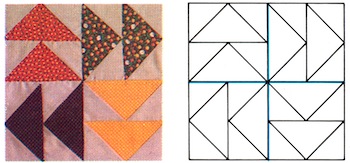
Dutchman’s Puzzle is a four-patch block; use a grid of 16 squares to draw triangles.
Reference: Readers Digest Crafts & Hobbies – A Step-by-Step guide to Creative Skills.
& Wiki Commons.

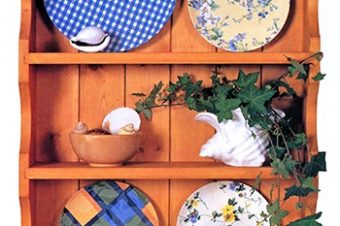

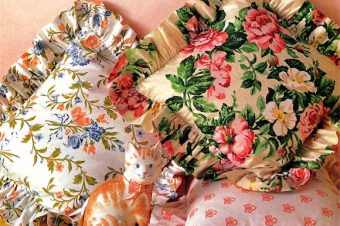
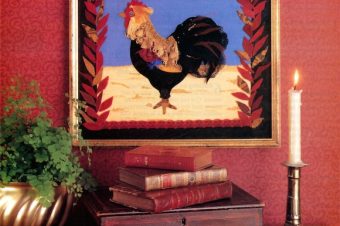
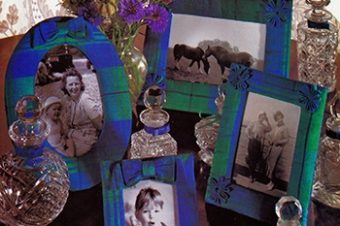
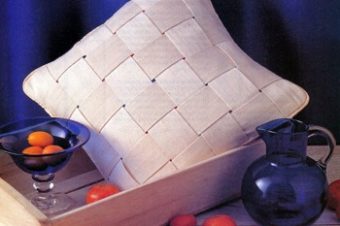

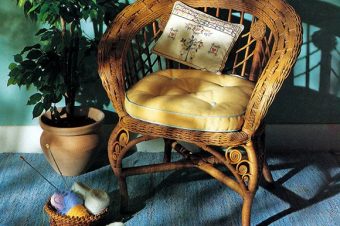
4 Responses
Graphic and Fabric Design by Mariota Percival
[…] Quilting & Patchwork […]
SteveO
im making a patchwork blanket and i need as many patterns as posibal for it i have already done the bamboo stitch and the knit one pearl one also just the knit but im stuck i need as many patterns as possible can anyone help
Hannah
i would like to make a patchwork quilt using fabric from old clothes and a fabric shop but im not sure what to do, how to start it
shahrukh
I wish To create a patchwork quilt however have no experience. I think that I will use a basic pattern for the top of the quilt, is there a company near Naperville, IL where I could get it finished after I baste it ?